Hello, fellow and future PAs!
My name is Craig Hricz, and I am a PA with over 20 years of emergency medicine experience who transitioned into formal PA education about six years ago. I am fortunate to be able to continue to work clinically.
This combination of clinical and classroom experience led me to what I would like to bring to your attention today; an app I recently created called "EKG DDX."
Beating EKG Overwhelm
Watching students learn how to read ECGs reminded me of my own first experiences looking at them.
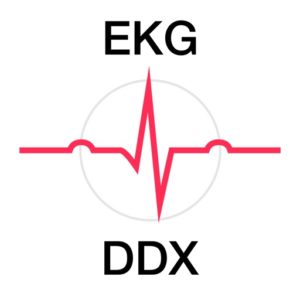
The tendency for most of us, at the student level, is to quickly become overwhelmed with the squiggly lines and look to see if there is something evident like myocardial infarction or atrial fibrillation.
Performing a full assessment can be challenging, even for those who are experienced with EKG interpretation.
As a practicing PA, I knew there were findings on an EKG that might be specific to a few disorders, but remembering all of the various abnormal parameters and what they correlate to is challenging.
I have read about cases such as hyperkalemia, confused for an MI, or ventricular tachycardia. Or overdoses where the patient may be unable or unwilling to divulge what he/she has taken but an EKG correctly interpreted could potentially fill in those blanks quicker than labs or, in some cases, that can't be tested for at all.
Having a method to thoroughly and quickly assess an EKG and correlate abnormal findings to possible underlying causes could be a valuable tool for improving patient care.
The EKG DDX APP
With these concepts in mind, I began a fair amount of research and then beta testing, ultimately leading to the EKG DDX app.
The app guides the user through every aspect of an EKG.
Abnormal parameters are provided, and the user taps a button indicating which abnormalities are present on the EKG they are reading.
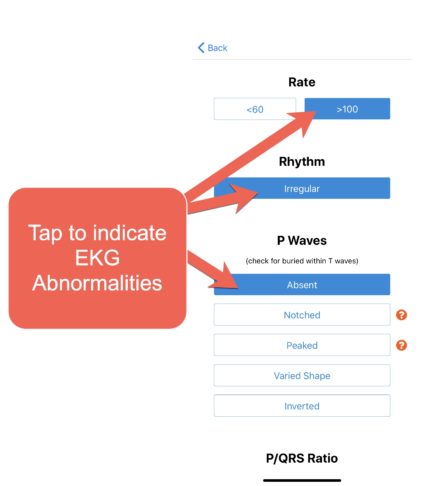
If the abnormality is present in any lead, this is a positive finding. In many cases, I've included visual examples of these abnormalities in case the user is unfamiliar with them.
Once the entire EKG has been evaluated, the app will provide a list of up to 10 disorders rated from most to least likely.
In some instances, additional information regarding the possible cause of a disorder is available.
In theory, the more this app is used when first learning to assess EKG's, the quicker the user will become more proficient and accurate in his or her assessment and interpretation. Ultimately, the app may only be needed for the occasional confusing tracing or lesser encountered disorders.
I hope that if you are someone who encounters EKG's or a student who will be learning to read them, you will take a look at the app and find it useful.
You can download the app on iTunes by searching "EKG DDX" or on Google Play using "ekgddx" (no space). It's available right now on both app stores for $1.99.
The companion website is www.ekgddx.com. If you are unable to see the "accept and continue" button on the disclaimer screen of the app welcome page, you likely need to reduce your font size or change your phone display setting from zoom to standard.

If you find EKG DDX useful, please rate and review it and tell any colleagues, including MDs, EMTs, NPs, and of course, other PAs.
Thanks for your time and your commitment to quality patient care.
Craig Hricz PA-C
Do You Have Something "Made by PA?"
View all posts in this series
- Made by PA: Through the Eyes of a Young Physician Assistant
- Made by PA: Labulator is an app to help expand differential diagnoses via laboratory results
- Made by PA: The Applicant’s Manual of Physician Assistant Programs
- Made by PA: MEDtakeovers and Medthusiast by Andrea Benedict PA-C
- Made by PA: Rapid and Reliable ECG Interpretation With The EKG DDX App
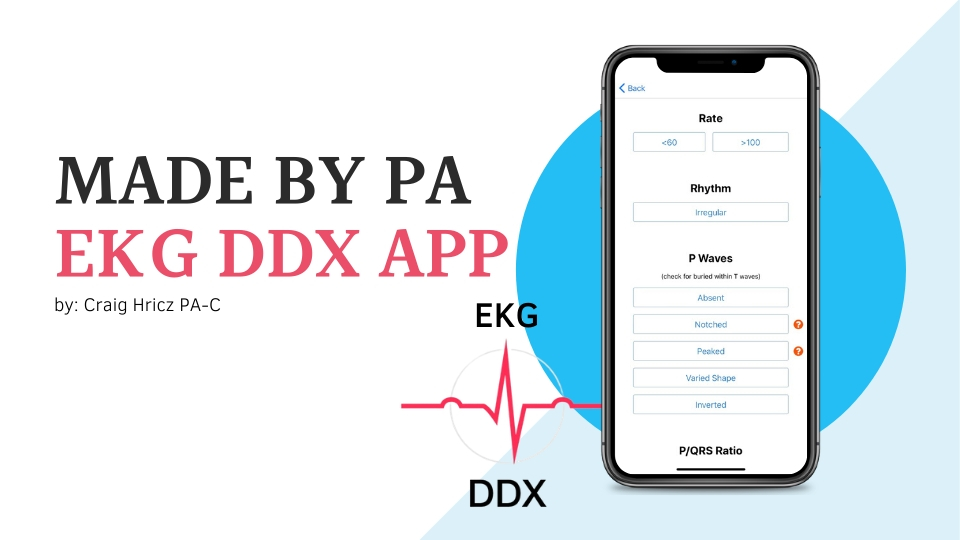
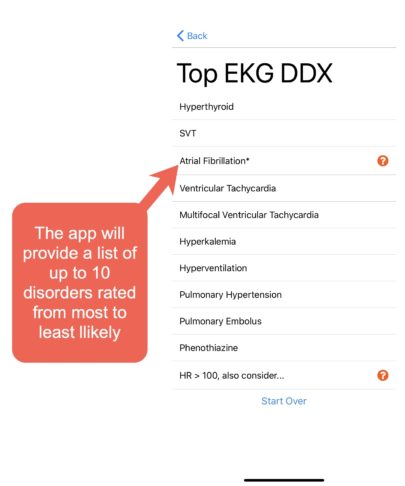






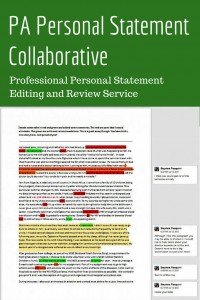








Leave a Reply